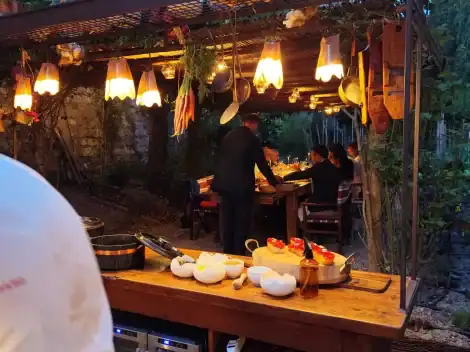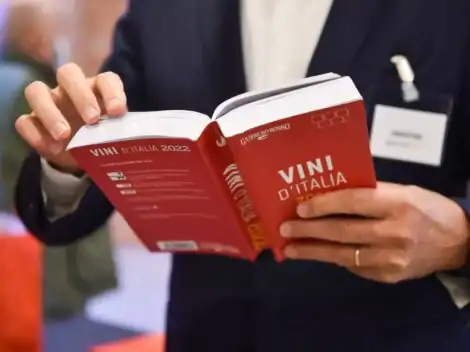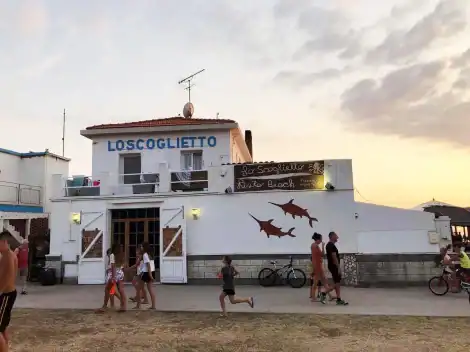History of vignarola
A side dish, but also a condiment for a first course, available only during spring: vignarola – a mix of broad beans, peas, artichokes and lettuce – was born as a poor dish in the Roman countryside, where vegetables abounded. A verified theory surrounding the birth of the recipe maintains that it all started in Velletri, a town in the province of Rome where winemakers began to prepare this dish on their return from the vineyards (in italian, vigne), using freshly picked vegetables. In fact, it was once common to plant certain vegetables along the rows, including broad beans and peas. Another theory believes that this is a recovery recipe, created to avoid wasting the leftovers of daily sales in fruit shops (the term "vignarolo" in Roman dialect means, in fact, vegetable seller). It is often served with the addition of crispy pork belly, but you can also make a vegan version.
Recipe for vignarola
Ingredients
2 artichokes
600 g peas
600 g broad beans
1 head of lettuce
1 lemon
2 spring onions
3 tablespoons of extra virgin olive oil
50 g pork belly (optional)
Salt
Pepper
Clean and cut the artichokes, then wash peas and broad beans, and chop the lettuce. Chop the spring onions and stir-fry them in a pan with some olive oil and the pork belly, diced. After 10 minutes, add artichokes, peas, broad beans and season to taste. Let the vegetables cook for 10 minutes then add lettuce and cook for 15 minutes. Serve the vignarola hot or warm.

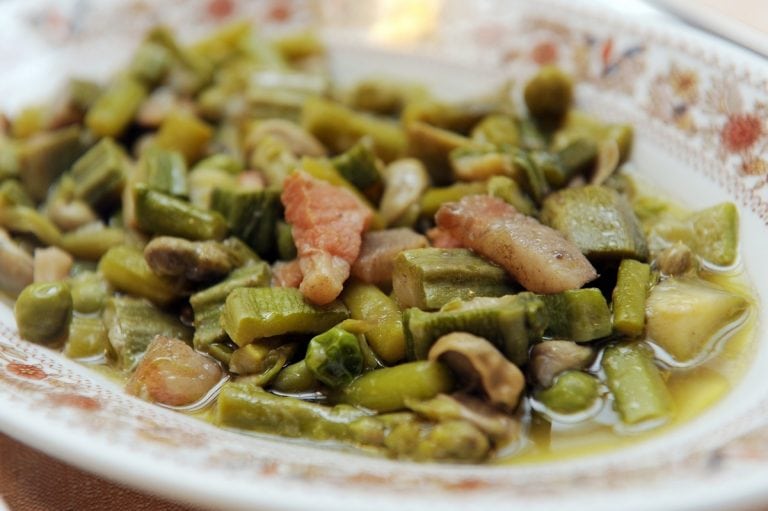
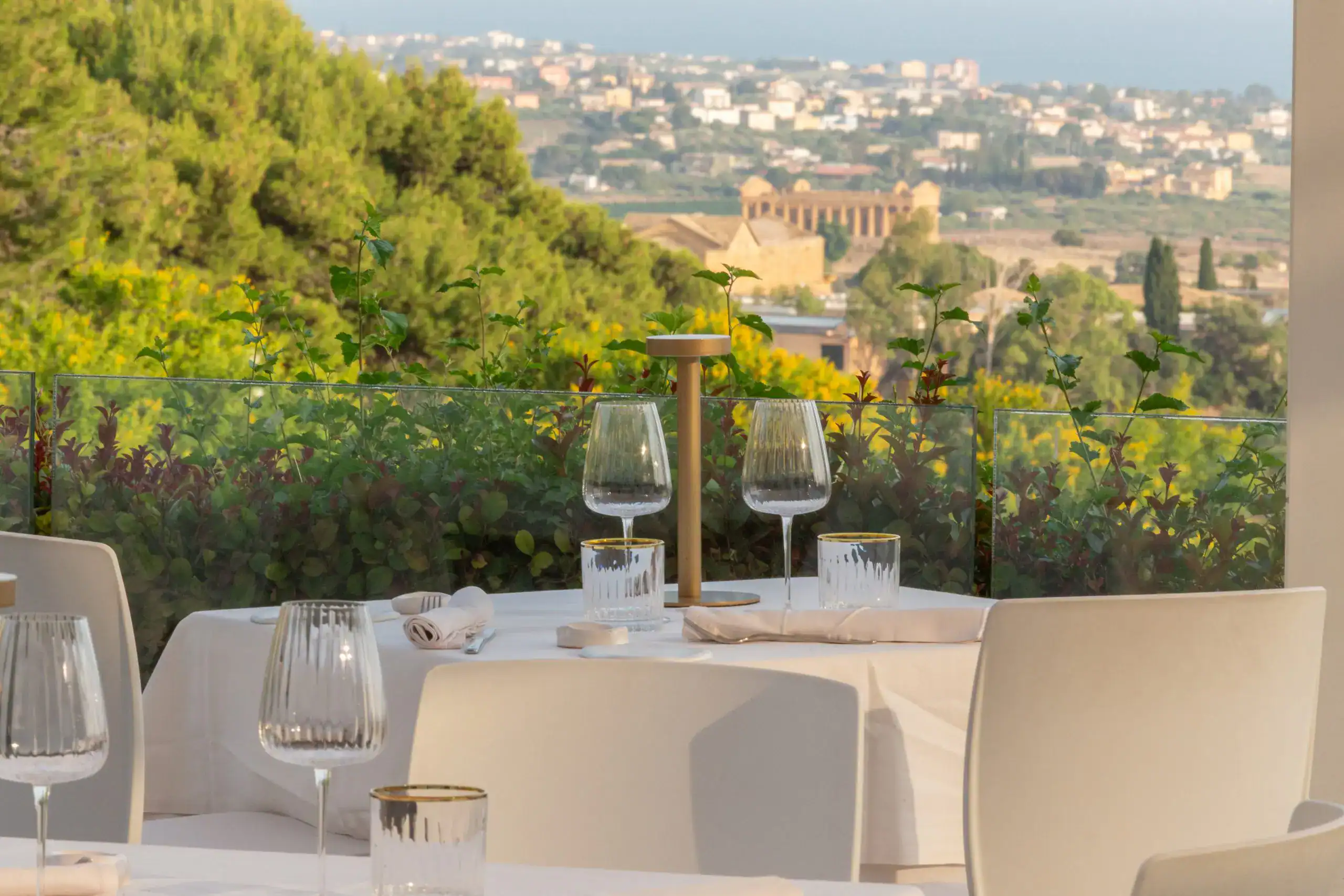 The best restaurants in Agrigento to discover the new Sicilian cuisine
The best restaurants in Agrigento to discover the new Sicilian cuisine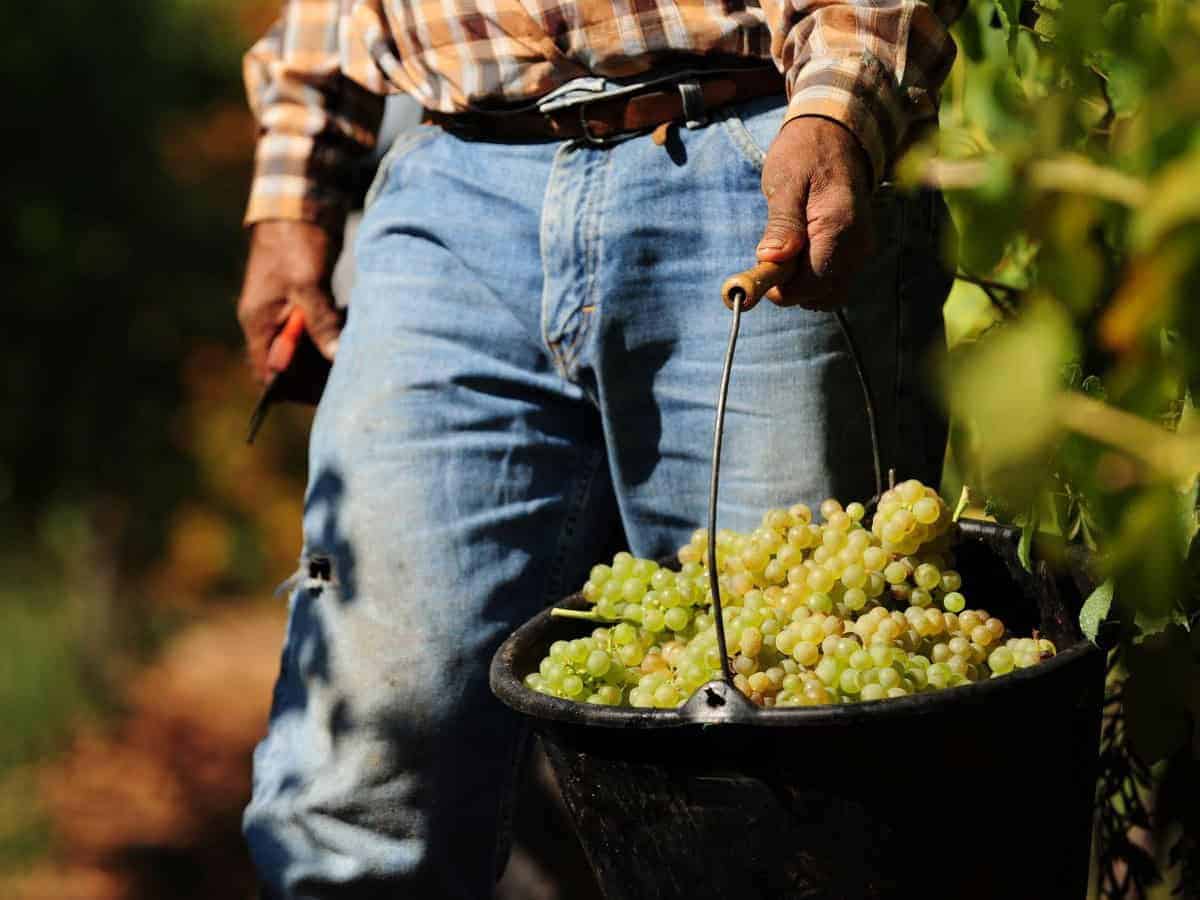 Italy’s 2024 wine production is higher than expected: nearly 44 million hectolitres. But there’s no reason to celebrate
Italy’s 2024 wine production is higher than expected: nearly 44 million hectolitres. But there’s no reason to celebrate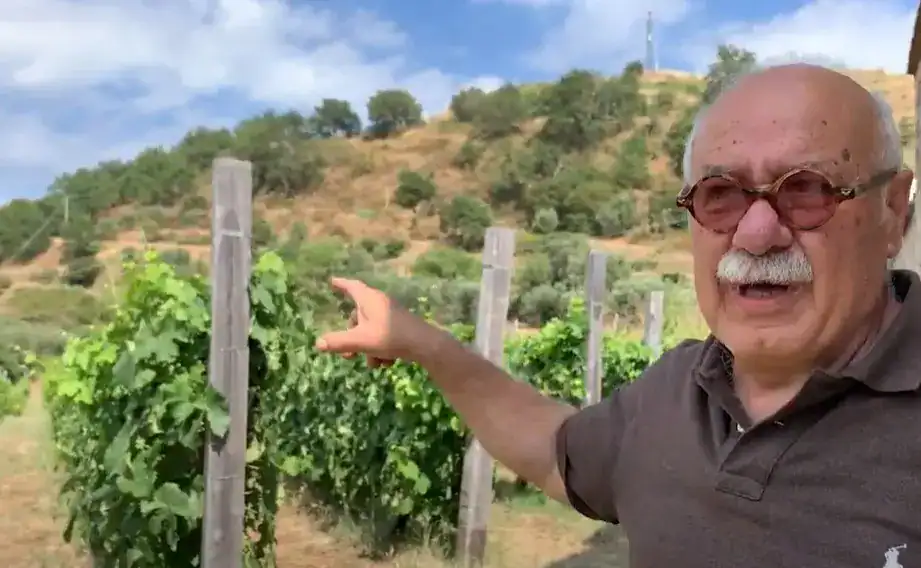 The two Calabrian brothers making wine like the ancient Grecanic peasants
The two Calabrian brothers making wine like the ancient Grecanic peasants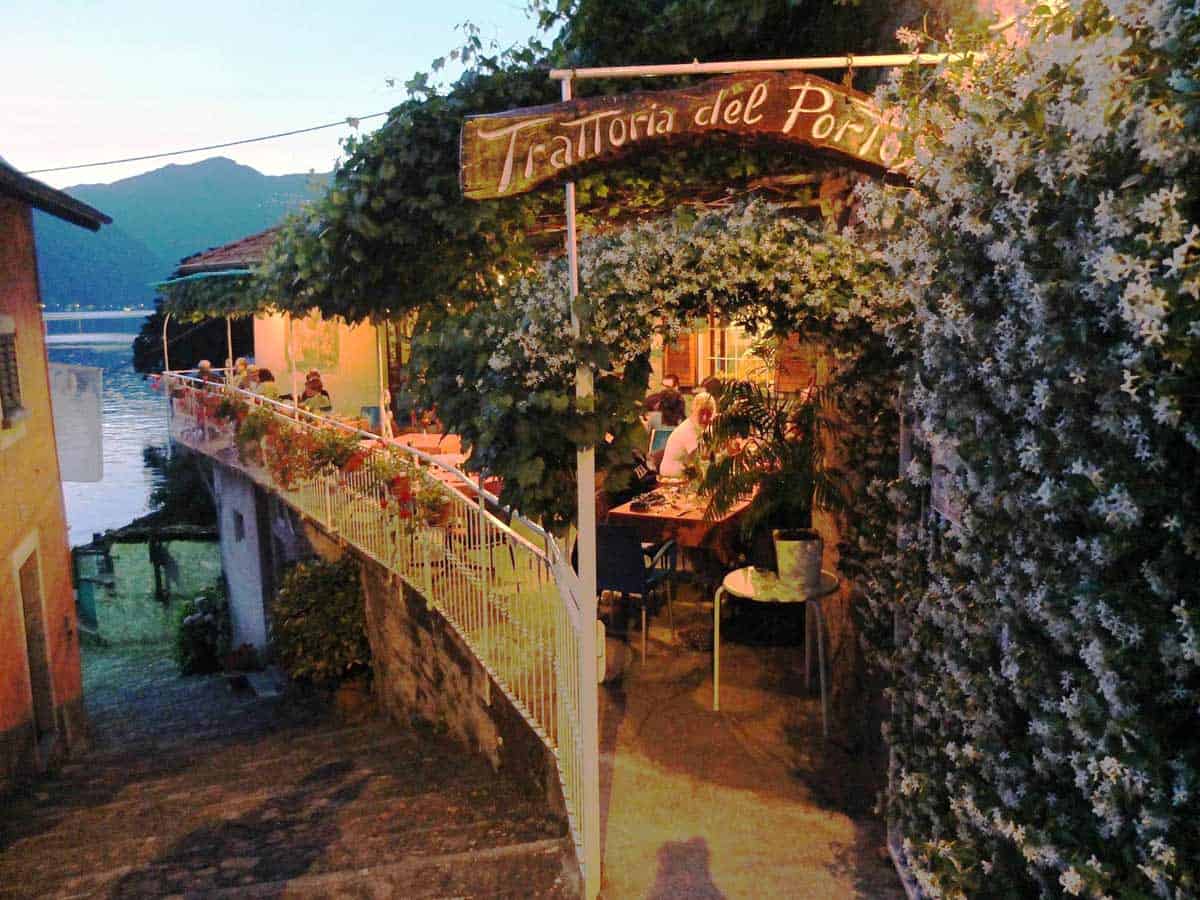 Three days at Lake Como in 17 destinations: Trattorias, Osterias and Fine Dining
Three days at Lake Como in 17 destinations: Trattorias, Osterias and Fine Dining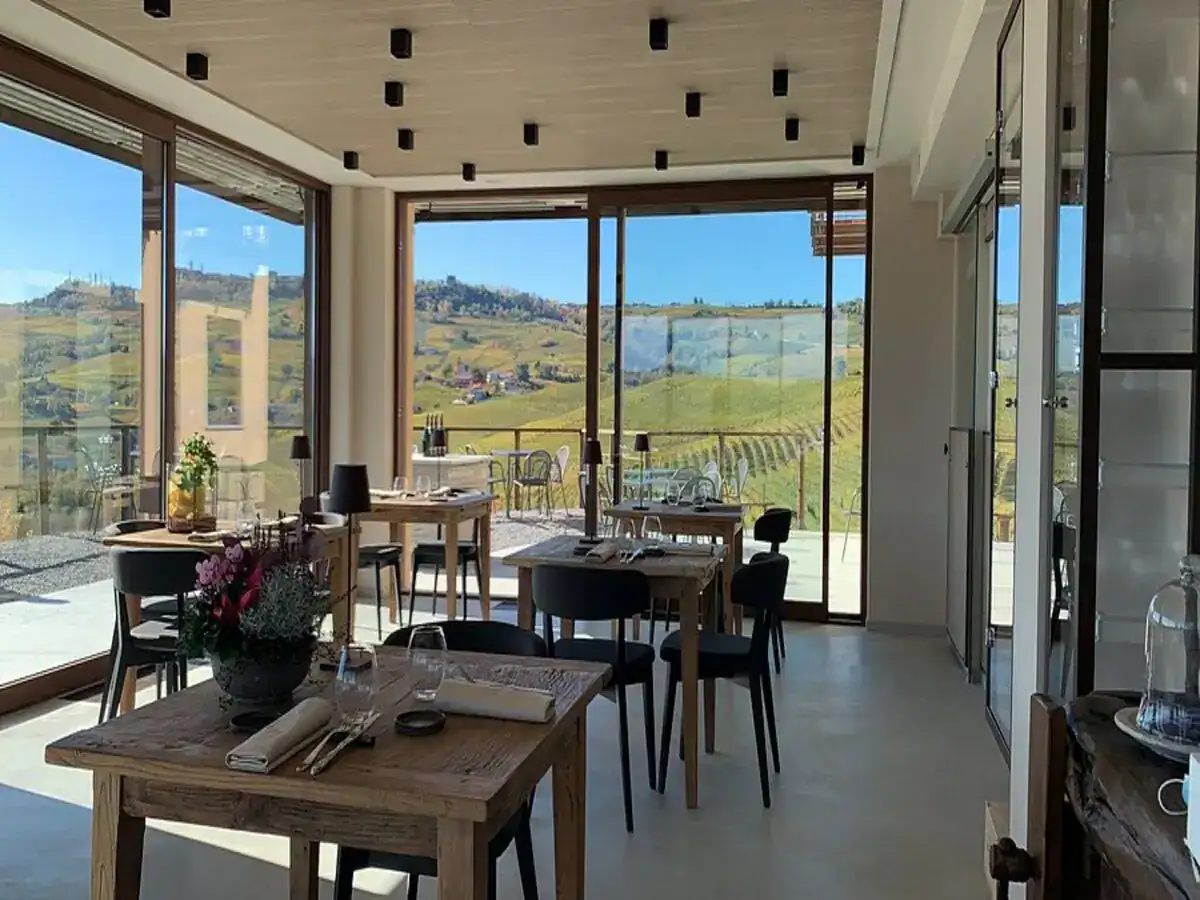 Piedmontese classics and raw seafood. The unexpected restaurant with a pool in the Langhe
Piedmontese classics and raw seafood. The unexpected restaurant with a pool in the Langhe

